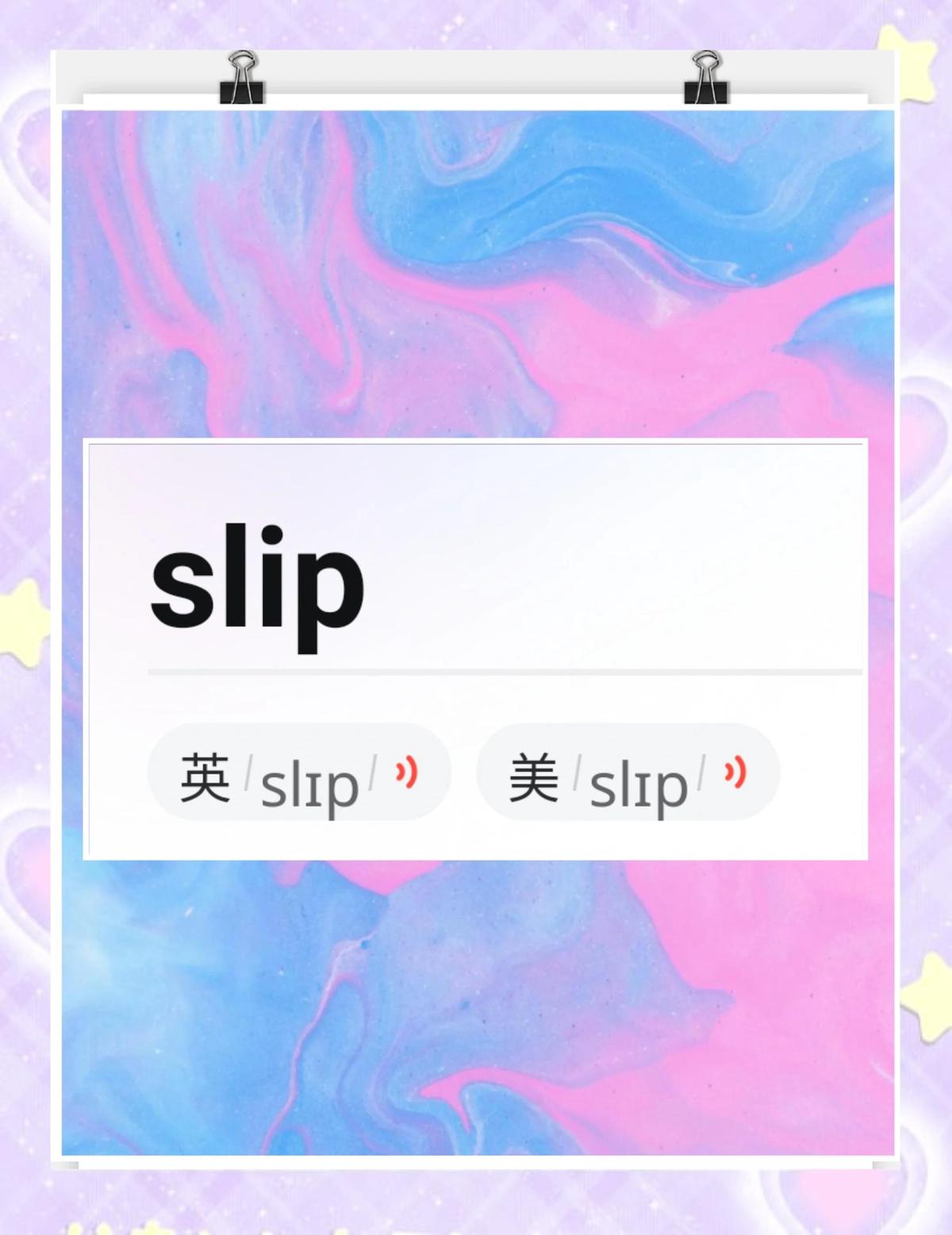=====================================
Slippage is a common issue in trading, particularly when executing trades in fast-moving markets. Understanding where slippage occurs and how to manage it is essential for optimizing trading strategies. In this article, we will dive deep into the factors that cause slippage, where it commonly happens, and provide actionable strategies to minimize its impact.
What is Slippage in Trading?
Slippage occurs when the price at which a trade is executed differs from the expected price. This difference can happen due to a variety of factors, including market volatility, liquidity issues, or delays in order execution. While slippage is a normal part of trading, it can negatively affect the overall profitability of a trading strategy.
Types of Slippage
There are two types of slippage:
- Positive Slippage: When a trade is executed at a better price than expected, which results in additional profit.
- Negative Slippage: When the execution price is worse than anticipated, resulting in a loss or a lower-than-expected profit.
While positive slippage can be beneficial, negative slippage is more common, especially in volatile markets or when trading assets with low liquidity.

Where Does Slippage Occur in Trading?
Slippage can occur in various places within the trading process, often due to delays in order execution or sudden market movements. Understanding these points can help traders pinpoint potential risks.
1. Order Execution Delays
One of the most common places where slippage occurs is during the order execution phase. When you place an order, it may take a few milliseconds (or longer) to be processed by the exchange or broker. In fast-moving markets, especially when prices are changing rapidly, this delay can cause the order to be filled at a different price than originally expected.
Common Situations for Slippage During Execution:
- Market Orders: Since market orders are filled at the best available price, they are highly susceptible to slippage, particularly during volatile periods.
- Limit Orders: Though limit orders can prevent negative slippage by specifying the maximum price you are willing to pay or accept, they may not always be filled, especially in volatile conditions.
2. High Volatility Markets
Slippage is more common during periods of high market volatility, such as during earnings announcements, geopolitical events, or economic news releases. When the market is moving quickly, prices can change rapidly between the time an order is placed and when it is filled.
Example:
During the release of a high-impact news event, the market might move by several percentage points within seconds. In such conditions, placing a market order may result in slippage, as the price at which the order is executed may be significantly different from the price at which the order was placed.
3. Low Liquidity Assets
Slippage also occurs in markets or assets with low liquidity. When there are fewer buyers and sellers, it is harder to execute trades at the expected price. For example, in the cryptocurrency market, low-cap altcoins or exotic forex pairs often have lower liquidity, making it more difficult to execute large trades without significant slippage.
How Liquidity Affects Slippage:
- High Liquidity: Assets like major forex pairs (e.g., EUR/USD) typically have high liquidity, which minimizes slippage.
- Low Liquidity: Assets like smaller altcoins or commodities with fewer participants in the market tend to have wider bid-ask spreads, increasing the chances of slippage.
4. Automated and Algorithmic Trading Systems
Slippage can also occur in algorithmic trading when using automated systems or bots. While algorithms are designed to execute orders based on predefined parameters, unexpected market events or latency issues can cause slippage in the execution process. Algorithmic trading systems must continuously adapt to market conditions, but any disruption in the market can result in poor execution.
5. Exchange and Broker-Related Issues
Sometimes slippage occurs due to issues with the broker or exchange, such as server delays or inefficient order matching systems. If the broker’s systems are slow to process orders or if there’s a mismatch in price data, slippage can occur during the trade execution.
How to Minimize Slippage in Trading?
Understanding where slippage occurs is just the first step. Now, let’s explore practical strategies to minimize its impact.
1. Use Limit Orders Instead of Market Orders
One of the simplest ways to reduce slippage is to use limit orders instead of market orders. A limit order ensures that the trade will only be executed at your specified price or better, which can prevent negative slippage. However, there is a trade-off—your order may not be filled if the price does not reach your limit.
Pros:
- Guarantees price control.
- Reduces the risk of slippage during volatile periods.
Cons:
- Orders may not be filled, especially in fast-moving markets.
2. Monitor Market Liquidity
Before placing trades, assess the liquidity of the market you’re trading in. If liquidity is low, there is a higher likelihood of slippage. You can avoid this by:
- Trading during active market hours, such as during the overlap of major forex markets (London and New York).
- Choosing more liquid assets like major forex pairs (EUR/USD, GBP/USD) or large-cap stocks.
3. Implement Slippage Control in Automated Trading
When using automated trading systems, it is important to program slippage control features into your algorithm. Most trading platforms allow you to set slippage tolerance levels, meaning your algorithm will only execute orders within a certain slippage range. This can prevent the system from executing trades at unfavorable prices.
4. Use Stop-Loss Orders to Manage Risk
Slippage can also be managed by using stop-loss orders. A stop-loss order automatically closes a position at a predetermined price to limit potential losses. While it doesn’t eliminate slippage, it helps minimize the impact by triggering an exit when the price hits your stop level, even if the execution price is slightly worse than expected.

FAQ (Frequently Asked Questions)
1. What causes slippage in trading?
Slippage is primarily caused by market volatility, low liquidity, or delays in order execution. It occurs when there is a discrepancy between the expected price of a trade and the actual price at which it is executed.
2. Can slippage be completely avoided?
While slippage cannot be completely avoided, it can be minimized by using limit orders, monitoring market conditions, trading in liquid markets, and using automated slippage control tools.
3. How does slippage affect trading performance?
Slippage can have a significant impact on trading performance, especially for strategies that rely on tight margins. Negative slippage increases the cost of a trade, reducing the overall profitability. For high-frequency traders, slippage can compound over many trades, leading to substantial losses.
Conclusion
Slippage is an inherent risk in trading, but with proper understanding and risk management techniques, it can be minimized. By using limit orders, choosing liquid assets, and implementing effective slippage control in automated trading systems, traders can better manage their exposure to slippage. Whether you’re a beginner or an experienced trader, these strategies can help you execute more efficient trades and reduce the negative impact of slippage on your portfolio.
Feel free to share your experiences with slippage in the comments below and don’t forget to share this article with your fellow traders!

0 Comments
Leave a Comment